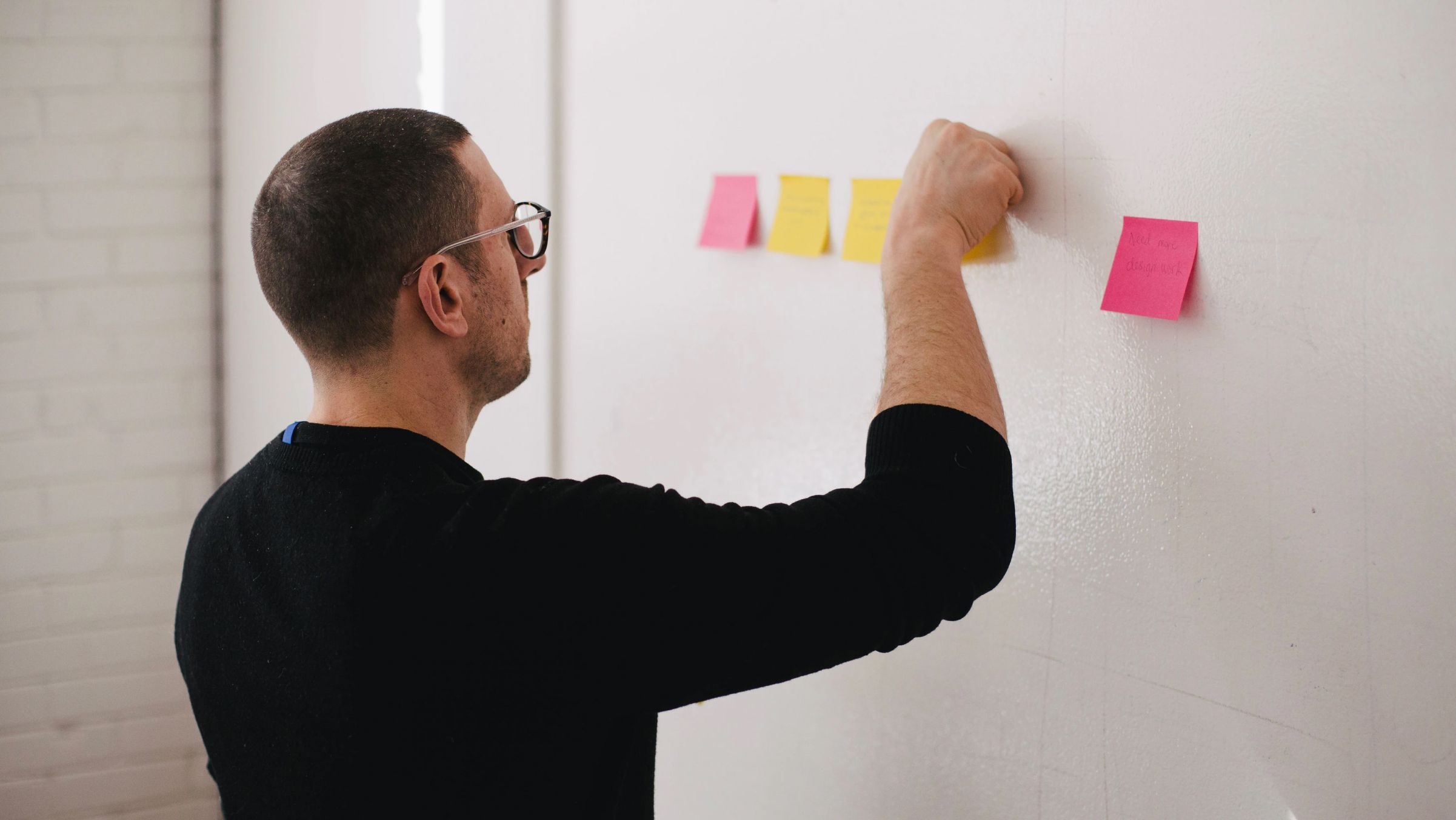Have you ever noticed that some software development projects turn out to be successful while others fail? It is when the issue of software development team structure arises.
The team’s deliverables highly depend on its organization and division of roles and responsibilities among the team members. Careful project planning and collaboration between internal and external team members (if any) are the key factors that make software development projects advance. Here we brought together tips that would help you maximize your team’s productivity.
There are small and large teams, and which one to choose, depends on the project requirements. For large projects, it would be better to hire larger teams whereas small-scale projects require small teams. There is a misperception that larger teams are more productive than smaller ones, which is not always the case because larger teams require more communication channels than small teams. If you have a large project, split a big team into smaller ones.
There can be two types of software development teams: generalists and specialists. Generalists possess different kinds of knowledge and skills and can work on projects of different types. Specialists have a specific set of knowledge, resources, and skills that are useful for one project.
For small-scale projects, it is better to have a team of specialists while for larger projects, the best option is to hire a large team of generalists and to divide it into smaller groups.
Prior to actual assembling a software development team, decide on its structure and the main responsibilities of each team member. At a minimum, any software development team has the lead and specialists that may include but are not limited to the following: project managers, engineers, UI/UX designers, scrum masters, etc.
Being perfectly aware of the project’s vision, goals, and timing helps software development team members understand their role in the overall process which in turn encourages delivering better results.
The clearer goals, tasks, and deadlines are set, the more productive development team is. A development team can work more productively if it has clearly established goals, tasks, and deadlines to complete the task set. Additionally, defined goals make each development team member realize that their contribution to the project’s results is valuable.
Healthy relationships, based on trust, open communication, and mutual respect, keep team members more engaged and committed to the project. That is why you need to bring extra attention to the atmosphere in the team if you want it to be more productive.
As soon as any conflicts arise and you notice them, take all the possible measures to resolve them.
Prior to considering the tools that you will use to boost your development team’s productivity, you should know the difference between effectiveness and efficiency. Efficiency is doing as much as possible whereas effectiveness is about understanding what a team should do right now and here and what should be postponed to better times.
If you prefer quality over quantity, you should focus on effectiveness.
In the modern digitalized world, there is a significant number of tools for project management, software engineering teams’ communication, and document sharing. For project management, commonly used tool is JIRA Agile, which most software development organizations prefer. It helps project managers or team leaders to create and track tasks for the software development teams.
Additionally, project managers can use Trello as a tool for tracking the process of task completion. Another commonly used tool to improve a team’s productivity is Confluence, a collaboration software program that stores and organizes all the project’s essential documentation.
It’s impossible to make a team more collaborative without ensuring constant communication. Most of these communication tools are familiar to you: Skype, Hangouts, Slack, G-Mail, etc.
At GTM Plus, we use JIRA, Confluence, and Trello, which has made our teams motivated to work better.
Making your software development team highly productive is not a tough task. All you need is to determine the team organizational structure that perfectly matches your project as well as ensures the roles are assigned correctly. The right toolkit will help your development team cooperate better too.
From original team organization & roles distribution to results tracking, each process impacts your team’s productivity and determines whether your project turns out to shine, or to fail.


